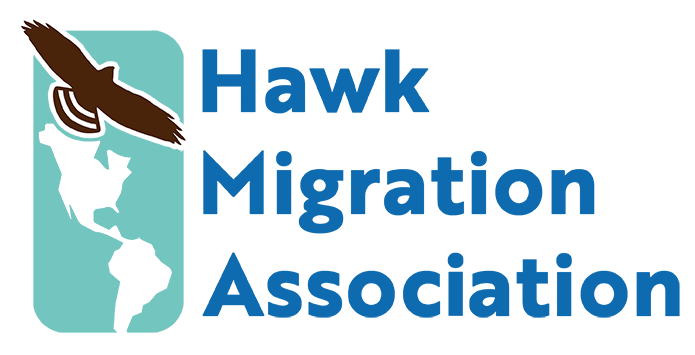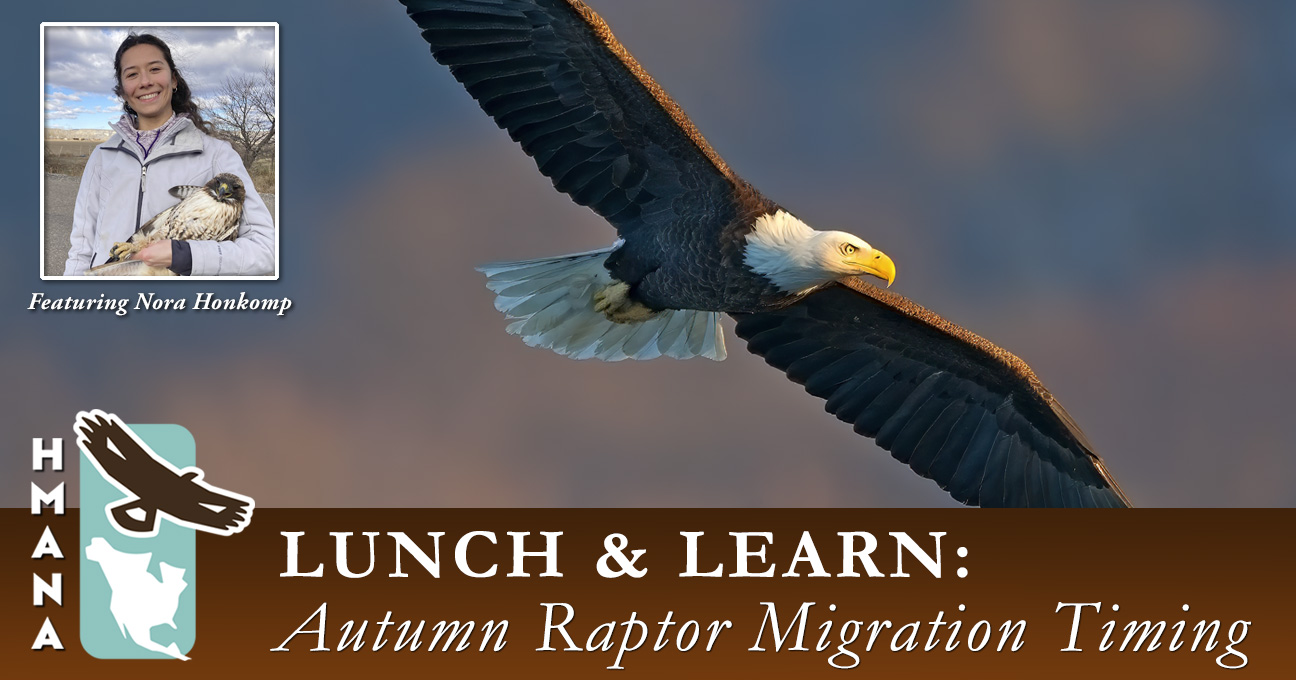HMANA Lunch & Learn Series: Autumn Raptor Migration Timing
Wednesday, March 27 at 12:00 pm EST
For HMANA’s March 2024 Lunch & Learn series, we welcomed Boise State University graduate student, Nora Honkomp to talk about her research focused on raptor migration timing and climate change.
To assess and predict the effects of shifts in raptor migration timing because of climate change, we must first understand the mechanisms underlying the timing of this phenological event. The timing of raptor autumn migration is dependent on both biological and environmental factors, and different species rely on different cues for determining when to migrate. However, these specific factors among raptors have not been fully identified. We used eBird data to determine the autumn departure timing of 15 raptor species across North America over the last decade. Using this information, we compared the importance of several life history traits among the species for determining within-season departure timing and variability in departure timing across space and time. Latitude of breeding, migration distance, social behavior during migration, and body mass were important factors for determining seasonal departure timing, while social behavior, diet generalization, and migration distance were important for determining variability in departure timing. Also, we selected four raptor species to explore the impact of seasonal temperature, precipitation, and snow cover for determining departure timing.
Using a sliding window analysis, we found that periods of sensitivity to these weather variables were unique to each species. Finally, we used the information from these weather models to forecast future departure timing based on a potential climate change scenario.The results of our analyses provide insight into the biological factors responsible for determining species-specific departure timing and the potential impacts of changes in weather patterns to several species’ autumn migration timing.
Nora Honkomp is a master’s student studying raptor biology at Boise State University. She was first introduced to avian migration ecology during her undergraduate degree at Kent State University and has been seeking to learn more about it ever since. When she isn’t coding or doing field work, she likes to rock climb, ski, and take new friends birding.




